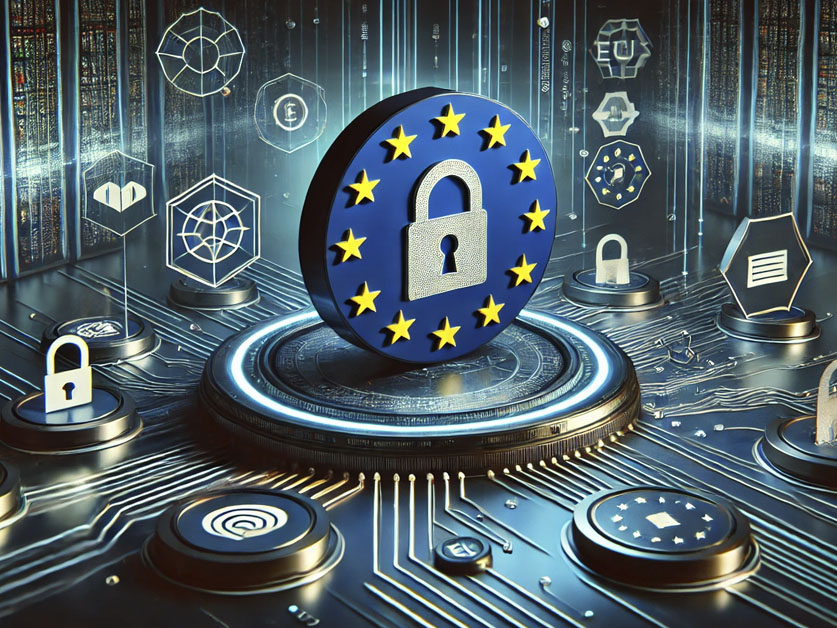New EU Regulations Strengthen Cybersecurity Across European Institutions
In a bid to bolster the cybersecurity framework of its institutions, the European Union has recently implemented new regulations that set stringent standards for cybersecurity risk management, governance, and control. This move is a response to the growing complexity of cyber threats and the need for a unified approach to secure the digital infrastructure of EU bodies.
Enhanced Cybersecurity Framework for EU Entities
The newly introduced regulations mark a significant step forward in the EU’s cybersecurity strategy. Each Union entity is now required to establish an internal cybersecurity risk management framework, designed to identify, assess, and mitigate risks effectively. A central feature of this new framework is the establishment of an Interinstitutional Cybersecurity Board (IICB), which will oversee the implementation of these measures and ensure that all EU institutions adhere to the highest standards of cybersecurity.
The IICB will also play a crucial role in facilitating information exchange and incident response coordination across various EU bodies. This collaborative approach aims to create a more resilient digital ecosystem, capable of withstanding increasingly sophisticated cyberattacks.
CERT-EU’s Expanded Mandate
The new regulations also extend the mandate of the Computer Emergency Response Team for the EU institutions (CERT-EU), now renamed the Cybersecurity Service for the Union. CERT-EU will continue to serve as a hub for threat intelligence, offering advisory services and coordinating incident responses among EU institutions, bodies, offices, and agencies.
This expanded role is part of a broader effort to ensure that the EU’s cybersecurity capabilities keep pace with evolving threats. By centralizing threat intelligence and response coordination, CERT-EU aims to enhance the EU’s overall cybersecurity posture, making it more agile and responsive to emerging risks.
Implications for EU Cybersecurity
The implementation of these new regulations underscores the EU’s commitment to safeguarding its digital infrastructure in the face of growing cyber threats. With the increased coordination and enhanced capabilities provided by the IICB and CERT-EU, the EU is better positioned to protect its institutions from cyberattacks and ensure the security of sensitive information.
These measures are particularly timely given the recent surge in cyber threats targeting critical EU institutions. By strengthening its cybersecurity framework, the EU is taking proactive steps to mitigate risks and protect the integrity of its digital assets.
Sources:












